Dian Fossey: The Trailblazing Guardian of Mountain Gorillas
A Life Dedicated to the Giants of the Mist
In the mist-shrouded forests of the Virunga Mountains and Bwindi Impenetrable Forest, one of the most remarkable figures in wildlife conservation lived, worked, and ultimately became a symbol of unwavering dedication to endangered species. Dian Fossey, a pioneering primatologist and conservationist, devoted her life to the study and protection of the Mountain Gorilla (Gorilla beringei beringei), bringing global attention to a species that was teetering on the brink of extinction.
Fossey’s work, marked by patience, perseverance, and courage, transformed the field of primatology and inspired generations of conservationists. Her groundbreaking research revealed not only the complex social structures, behavior, and intelligence of mountain gorillas but also the urgent threats posed by human activity. Through her determination, the plight of these gentle giants became a global concern, demonstrating the profound impact that one individual’s dedication can have on the survival of a species.
Early Life and Education
Dian Fossey was born on January 16, 1932, in San Francisco, California. From a young age, an intense curiosity about the natural world was exhibited, though formal studies in zoology or wildlife were not initially pursued. Her early exposure to nature and animals sparked a lifelong fascination with the behavior and ecology of wild species, laying the foundation for a future in conservation.
After completing her high school education, Fossey attended San Jose State College and later earned a degree in occupational therapy from the University of California, Berkeley. During her early professional career as an occupational therapist, her keen observational skills, patience, and empathy were honed—qualities that would later prove indispensable in her work with gorillas. Fossey’s academic background did not initially include zoology, yet her determination and self-directed study allowed her to bridge this gap, preparing her for the fieldwork that would define her legacy.
Inspiration and Introduction to Primatology
The inspiration to study mountain gorillas arose during a transformative period when Dian Fossey met the renowned anthropologist Louis Leakey. Leakey, who had played a pivotal role in advancing the study of great apes and human evolution, recognized Fossey’s passion and dedication, and encouraged her to pursue primatology. With his mentorship and support, Fossey embarked on a journey that would forever link her name to the survival of mountain gorillas.
In 1966, after extensive preparation and research, Fossey traveled to the forests of Rwanda to begin her fieldwork. It was here that she immersed herself in the daily lives of mountain gorillas, observing their social structures, foraging behavior, and interactions over extended periods. Her ability to remain calm, patient, and respectful in the presence of these powerful primates allowed her to gain unprecedented insights into their behavior, challenging prevailing assumptions about gorilla aggression and intelligence.
Fieldwork in the Virunga Mountains
The Virunga Mountains, spanning Rwanda, Uganda, and the Democratic Republic of Congo, became the primary site for Fossey’s groundbreaking research. These montane forests, shrouded in mist and rich in biodiversity, provided both challenges and opportunities for her work. Living in remote and often harsh conditions, Fossey dedicated herself to long periods of observation, sometimes enduring extreme weather, rugged terrain, and logistical difficulties to maintain contact with the gorilla groups she studied.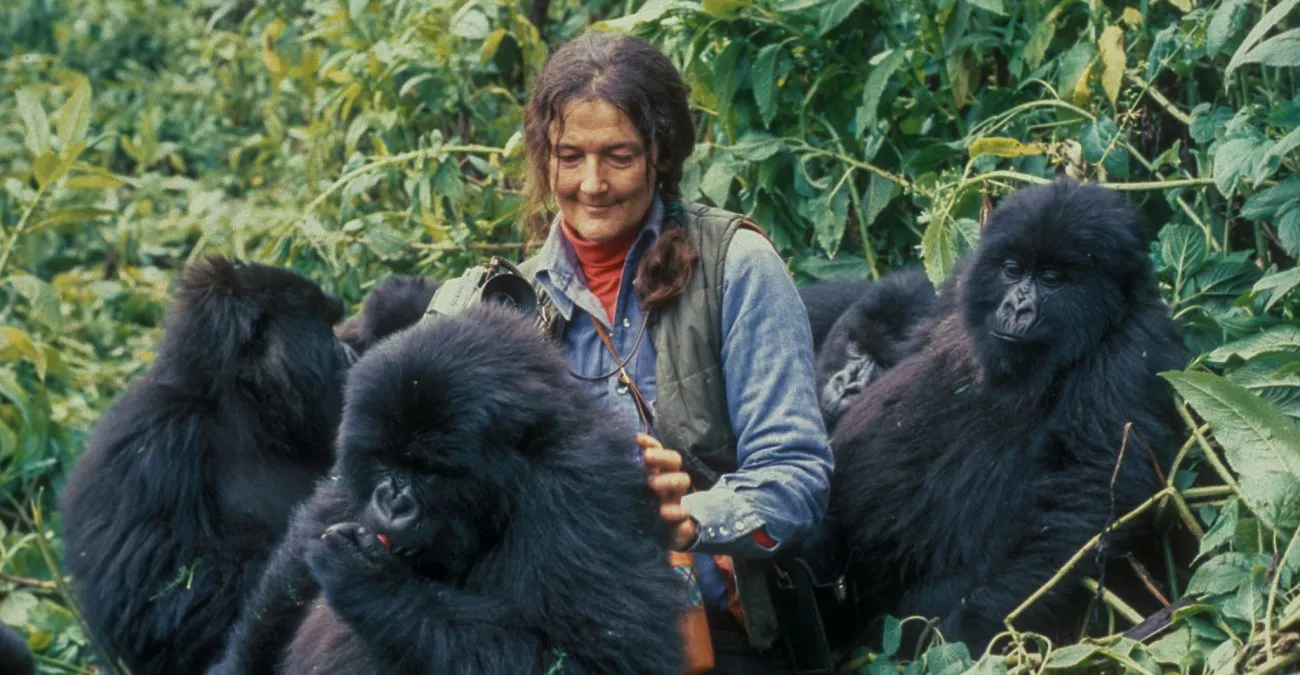
Fossey’s research methods were meticulous, combining careful observation, detailed note-taking, and innovative techniques to minimize disruption to the gorillas’ natural behavior. She learned to track individual gorillas, recognize their vocalizations, and understand complex social dynamics, including dominance hierarchies, mating behavior, and maternal care. Through patience and persistence, Fossey was able to build trust with the gorillas, allowing for prolonged observation of intimate behaviors that had previously been inaccessible to scientists.
Contributions to Gorilla Behavior and Ecology
Dian Fossey’s research fundamentally changed the understanding of Mountain Gorilla behavior. She demonstrated that gorillas are highly intelligent, socially complex, and capable of deep emotional connections. Observations revealed strong bonds between mothers and infants, cooperative behavior among group members, and nuanced communication through vocalizations, gestures, and facial expressions.
Her studies also emphasized the importance of territoriality, leadership by dominant silverbacks, and the intricate dynamics of group cohesion. By documenting these behaviors over decades, Fossey provided invaluable insights into gorilla ecology, social structures, and reproductive strategies. Additionally, her work highlighted the interdependence between gorillas and their montane forest habitat, underscoring the broader ecological significance of conserving both species and environment.
Conservation Efforts and Anti-Poaching Initiatives
Beyond scientific research, Dian Fossey became a tireless advocate for gorilla conservation. Recognizing the critical threats posed by poaching, habitat destruction, and human encroachment, she established the Karisoke Research Center in 1967 between Mount Karisimbi and Mount Visoke. This center became the operational hub for research, monitoring, and protection of mountain gorillas, and a symbol of hope for their survival.
Fossey’s conservation approach combined direct action with advocacy. She patrolled forests to deter poachers, destroyed traps, and actively confronted illegal hunting. Her methods were sometimes controversial due to their confrontational nature, yet they were effective in reducing poaching and raising awareness. Through her efforts, Fossey emphasized the intrinsic value of wildlife and the ethical imperative to protect endangered species from human threats.
Global Impact and Advocacy
Dian Fossey’s work attracted global attention through both scientific publications and public engagement. Her seminal book, “Gorillas in the Mist”, detailed her experiences and observations, providing a window into the lives of mountain gorillas while exposing the threats they faced. The book, widely read and influential, contributed to a surge in international support for gorilla conservation, inspiring both policymakers and the general public to engage in protection efforts.
Fossey also worked closely with conservation organizations, governments, and local communities to implement protective measures and establish national parks. Her advocacy played a key role in the creation of Rwanda’s Volcanoes National Park, a protected area that continues to serve as a sanctuary for mountain gorillas. By combining scientific research with passionate activism, Fossey created a model for conservation that integrated fieldwork, policy influence, and public engagement.
Challenges and Personal Sacrifices
The dedication to gorilla conservation came with significant personal challenges. Fossey often worked in isolation, enduring physical hardships, social criticism, and threats from poachers and illegal wildlife traders. Her relentless commitment required immense personal resilience, as she balanced the demands of rigorous fieldwork with the risks inherent in remote and politically unstable regions.
Her confrontational methods, while effective in protecting gorillas, led to tensions with local authorities, colleagues, and even members of the scientific community. Nevertheless, Fossey’s unwavering focus on the welfare of the gorillas ensured that her work remained uncompromised, leaving a lasting legacy despite personal and professional obstacles.
Legacy and Continuing Influence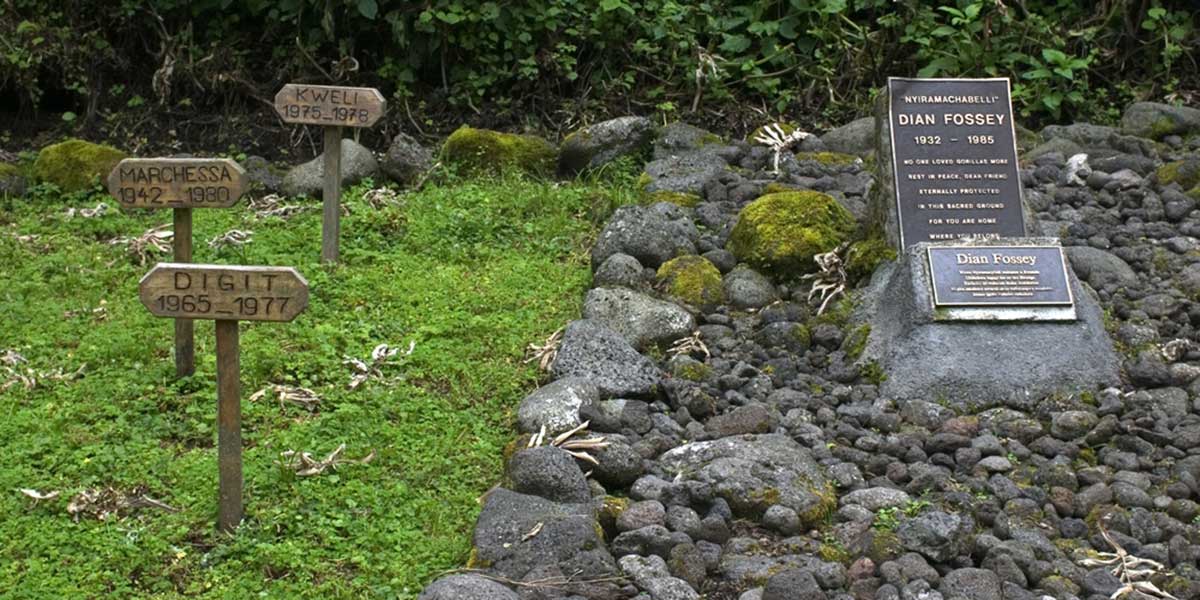
Dian Fossey’s legacy extends far beyond her lifetime. Her research established foundational knowledge about mountain gorilla behavior, ecology, and social structures, informing conservation strategies that continue to this day. The Karisoke Research Center remains operational, training new generations of primatologists and conservationists in the methods and philosophy pioneered by Fossey.
Her influence is also evident in the continued growth of gorilla populations within protected areas. Through anti-poaching initiatives, habitat preservation, and global awareness campaigns, mountain gorilla numbers have gradually increased, demonstrating the effectiveness of Fossey’s holistic approach to conservation. Her work inspired films, documentaries, and educational programs, ensuring that the story of Dian Fossey and the mountain gorillas continues to captivate and educate audiences worldwide.
Cultural Significance and Recognition
Dian Fossey has been celebrated as one of the most influential figures in wildlife conservation. Her life and work have been depicted in films, most notably the 1988 movie adaptation of Gorillas in the Mist, which introduced her story to a global audience. Her dedication to science, ethical responsibility, and protection of endangered species has been widely recognized, earning posthumous honors and inspiring conservation awards in her name.
Fossey’s legacy extends to the broader cultural and ethical discourse surrounding wildlife protection. She challenged the notion that humans could exploit wildlife without consequence, emphasizing the moral imperative to protect species from extinction. Her life serves as a powerful reminder of the impact that individual passion, courage, and dedication can have on global conservation efforts.
The Mountain Gorilla Today
The mountain gorilla populations that Dian Fossey fought to protect now benefit from strengthened conservation measures, yet ongoing vigilance remains necessary. Protected areas, including Volcanoes National Park, Bwindi Impenetrable Forest, and Mgahinga Gorilla National Park, provide critical habitats, but pressures from human activity, climate change, and disease persist.
Research and monitoring continue, guided by Fossey’s methodologies and principles. Ecotourism has emerged as a sustainable model, offering economic incentives for local communities to support gorilla conservation while providing visitors with opportunities to observe these extraordinary primates in the wild. The survival and growing numbers of mountain gorillas today stand as a testament to the vision, dedication, and influence of Dian Fossey.
Experiencing the Legacy of Dian Fossey
For travelers and wildlife enthusiasts, visiting the habitats where Dian Fossey conducted her groundbreaking research offers a unique connection to both history and conservation. Guided treks through Volcanoes National Park in Rwanda, Bwindi Impenetrable Forest in Uganda, or the Virunga National Park in the Democratic Republic of Congo allow visitors to witness mountain gorillas in their natural environment, observing behaviors meticulously documented by Fossey.
These experiences are not merely recreational; they offer insight into the challenges of conservation, the intelligence and social complexity of gorillas, and the enduring legacy of a woman who devoted her life to protecting one of the planet’s most endangered species. Responsible tourism ensures minimal disturbance to gorillas while directly contributing to conservation funding and local community development.
Conclusion
Dian Fossey’s life and work embody the profound impact that passion, dedication, and scientific inquiry can have on wildlife conservation. Her pioneering research revealed the intricate lives of mountain gorillas, and her tireless advocacy protected them from extinction, leaving a lasting legacy that continues to shape conservation efforts worldwide.
For travelers seeking a meaningful and unforgettable experience, guided tours and safaris provide the opportunity to witness mountain gorillas in the wild, immersing themselves in the habitats where Dian Fossey’s legacy was forged. By booking through reputable providers such as WildHorn Africa, visitors can support ongoing conservation initiatives, experience these majestic primates firsthand, and honor the enduring contributions of one of the most influential conservationists in history.

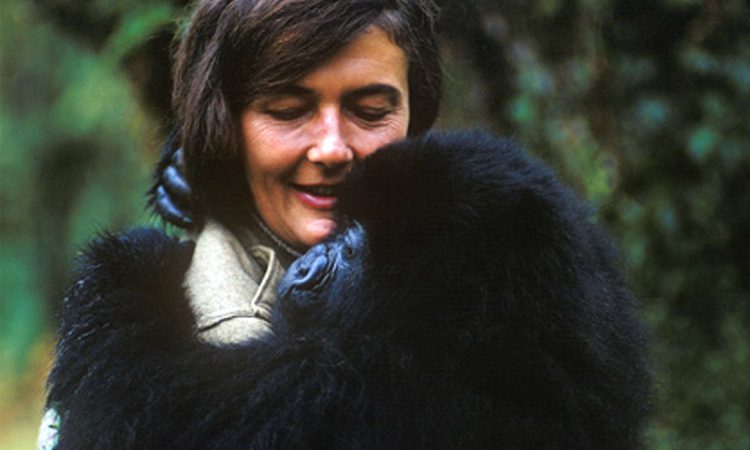
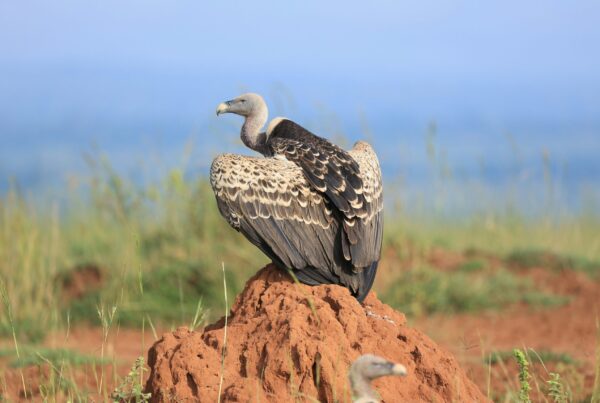
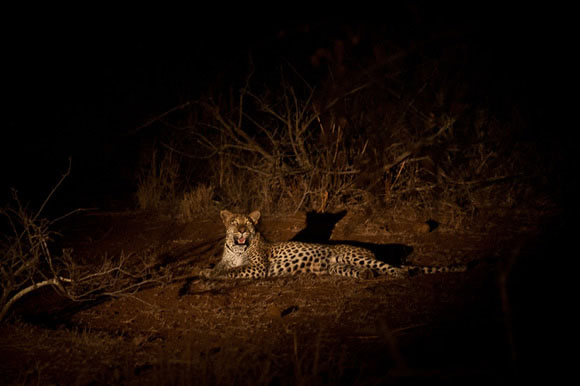
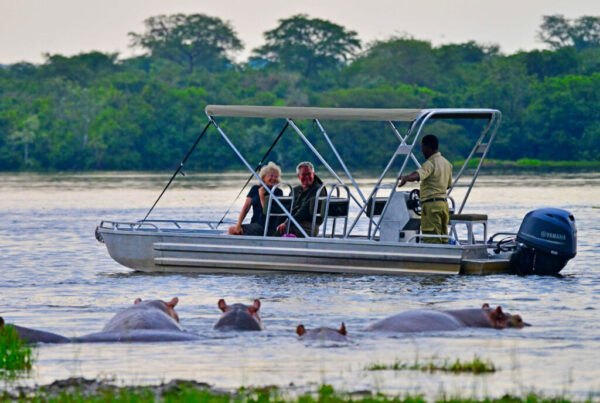
 WildHorn Africa – Authentic and unforgettable tours across Africa, guided by local experts who know the land, wildlife, and culture best.
WildHorn Africa – Authentic and unforgettable tours across Africa, guided by local experts who know the land, wildlife, and culture best.


